Black Lives Matter Street Mural in Harlem
Community Engagement, Corridor Activation, Cultural Preservation
When protests ignited after the tragic death of George Floyd it galvanized the "Black Lives Matter" (BLM) movement worldwide. Many cities around the country were inspired by the Mayor of Washington DC, who renamed a street leading to the White House, Black Lives Matter Way, and painted the roadbeds with the message. Following DC’s effort, NYC installed a "Black Lives Matter” street mural in each of the city’s boroughs.
As Executive Director of Harlem Park to Park, Nikoa Evans was honored to lead the effort in partnership with other community based organizations to ensure that Harlem was one of Manhattan's mural locations. By installing a mural in the epicenter of African American culture, Harlem was presented with a unique opportunity to elevate the symbolic nature of the BLM street murals installed around the U.S. and become the global symbol for the "Call to Action" to Heal and Prosper as a community, nation, and world.
The generous support of the community aided in launching a large scale community engagement and public art activation featuring two sprawling murals along both sides of the median and spanned two city blocks on Adam Clayton Powell Jr Blvd between 125th Street and 127th Street. Named after the first African American to be elected from New York to Congress and who served as a national spokesman on civil rights and social issues, the corridor is also adjacent to the Harlem State Office building, also named after Adam Clayton Powell Jr to commemorate his civil rights legacy.
The southbound side featured the words painted in red, black, and green; completed by over 300 members of the Harlem community representing more than 25 groups. The northbound side was completed by 8 commissioned artists that each designed two letters, including LeRone Wilson, Dianne Smith, Thomas Heath, Guy Stanley Philoche, Lesny JN Felix, Jason Wallace, Joyous Pierce, and Omo Misha.
The community and press were tremendous with coverage secured in publications including the New York Times and Architectural Digest, among many others internationally and locally. Prominent community members used the space to host events -- including a memorial to Congressman John Lewis. Additional support for the mural installation was provided by Agnes Gund, Crown Royal, and Ciroc Vodka. The BLM Harlem Mural was also featured in the set design for The Public Theatre’s Shakepeare in the Park production of Merry Wives; and featurd in the Cooper Hewitt Smithsonian Museum’s ‘Designing Peace’ exhibit.
The award winning documentary created to capture this historic event, An American Street Mural in Harlem, was selected as Winner for Best Documentary Short by the New York International Film Awards (NYIFA) and as an Official Selection at the Harlem International Film Festival (HIFF.)
